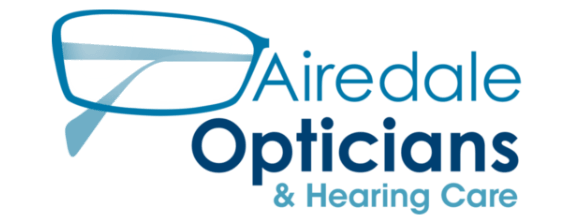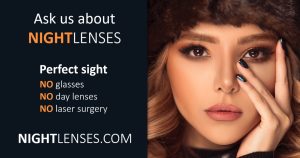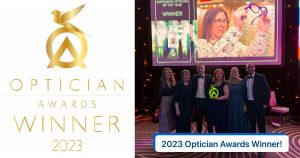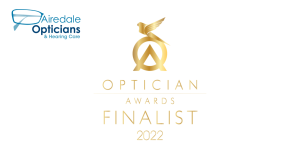New Dry Eye Treatment - IPL & LLLT
Intense Pulsed Light (IPL) and Low Level Light Therapy (LLLT)
Current treatments for Dry Eye treat the symptoms to enable you to be more comfortable. However, there is a now a treatment available which treats MGD (Meibomian Gland Dysfunction), the cause of up to 80% of dry eye cases.
IPL (Intense Pulse Light) treatment combined with LLLT (low level light therapy) is a pain-free and effective way to treat dry eye conditions related to MGD, improving tear quality and other symptoms reported by patients.
How Does IPL/LLLT Work?
IPL causes photocoagulation (it closes these abnormal vessels) and also photorejuvenation of the skin cells. IPL treatment also opens up the meibomian glands and liquifies of the oil within the glands.
How quickly does it work?
Why Choose Airedale Opticians?
-
Dry Eye Assessment £249
Dry Eye Investigation with Topcon Myah, Diagnosis & Treatment Plan. Includes Inflammadry or Blephex or Zest Treatment.
-
IPL (Intense Pulsed Light) & Meibomian Gland Expression £795
4 Sessions of IPL including Meibomian Gland Expression after each IPL Treatment
-
IPL and LLLT One- Off Treatment £200
Following initial treatment of IPL and LLLT - This is the cost of one-off IPL & LLLT (Includes Gland Expression)
-
IPL Stye/ Chalazion Treatment £200
Includes 1-2 treatments with IPL and LLLT
-
LLLT Low Level Light Therapy Top Up Treatment £100
Ongoing LLLT after Initial Treatment
-
Zest Treatment for Ocular Inflammation £160
Intense Zest Treatment to help bring Eye inflammation under control quickly
-
Blephex Blepharitis Treatment £95
Eyelid debridement (cleaning) treatment to intensely clean the eyelashes from Blepharitis
Pre and Post Treatment Precautions
- Do not take photo-sensitising drugs, or if they are essential, please inform your optometrist
- Do not expose yourself to the sun or apply self-tanning products 15-20 days before treatment.
- Do not perform chemical, physical or enzymatic peels before and during the period of treatment.
- If taking medications such as anti-inflammatories, anticoagulants, antibiotics and antihistamines, please notify the Optometrist.
- If you wear contact lenses, you should remove them before starting the treatment.
- After the treatment some slight redness may appear.
- It is recommended not to carry out other aesthetic medical procedures on the treated areas (but in general on the entire face) for the duration of the cycle.
- For at least 15 days after each session we suggest you to wear sunglasses.
- Apply sun block over the skin around the eyes and cheeks for at least 2 weeks after treatment
Who shouldn't have this treatment?
- If you are pregnant.
- If you have suspicious skin lesions in the area to be treated eg keloids.
- If you have Psoriasis vitiligo lupus scleroderma or connective tissue disorder.
- If you have Photosensitive Epilepsy
- If you have metal plates rods or screws in the treatment area.
- If you have a history of cancer in the area of treatment.
- If you have used isotretinoin within the last year.
- If you have used a tanning bed in the last 3-4 weeks.
- If you have had botox or dermal fillers in the last week (or 2 weeks after treatment).
- If you have active cold sores or Herpes simplex or zoster virus.
- If you have used photosensitizing drugs e.g. tetracycline antibiotics
THE RESEARCH
You can download the patient information leaflets and clinical research papers below:
LLLT & Eye light patient leaflet










